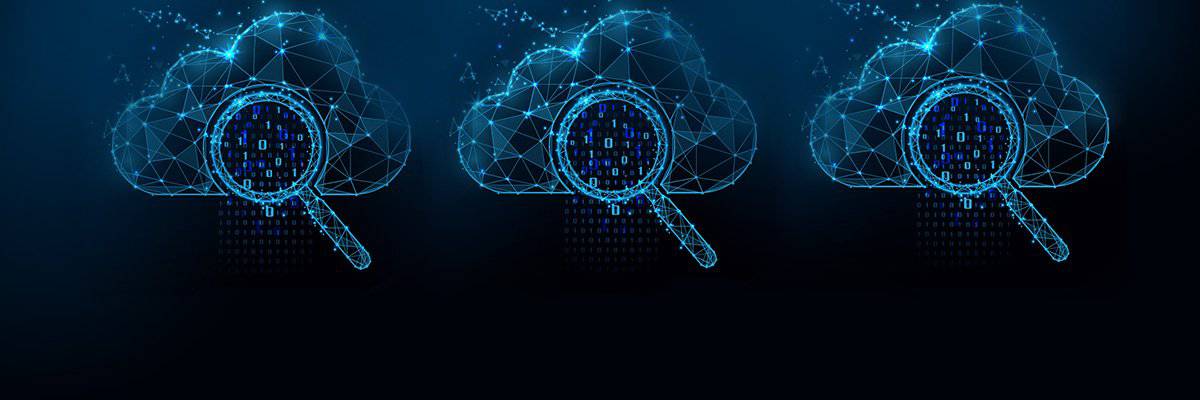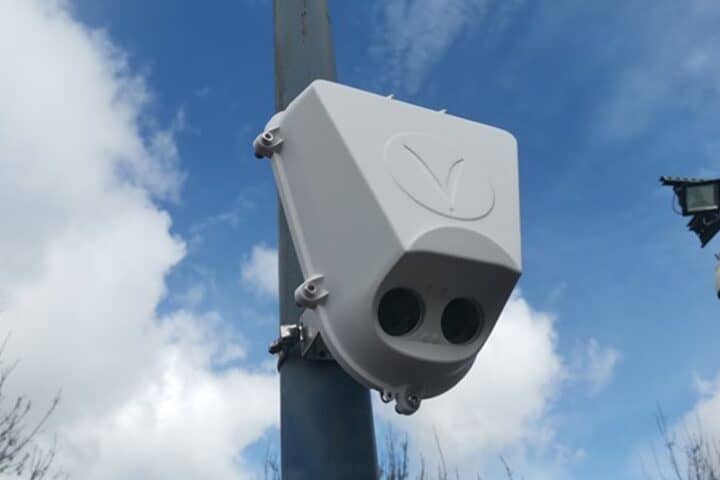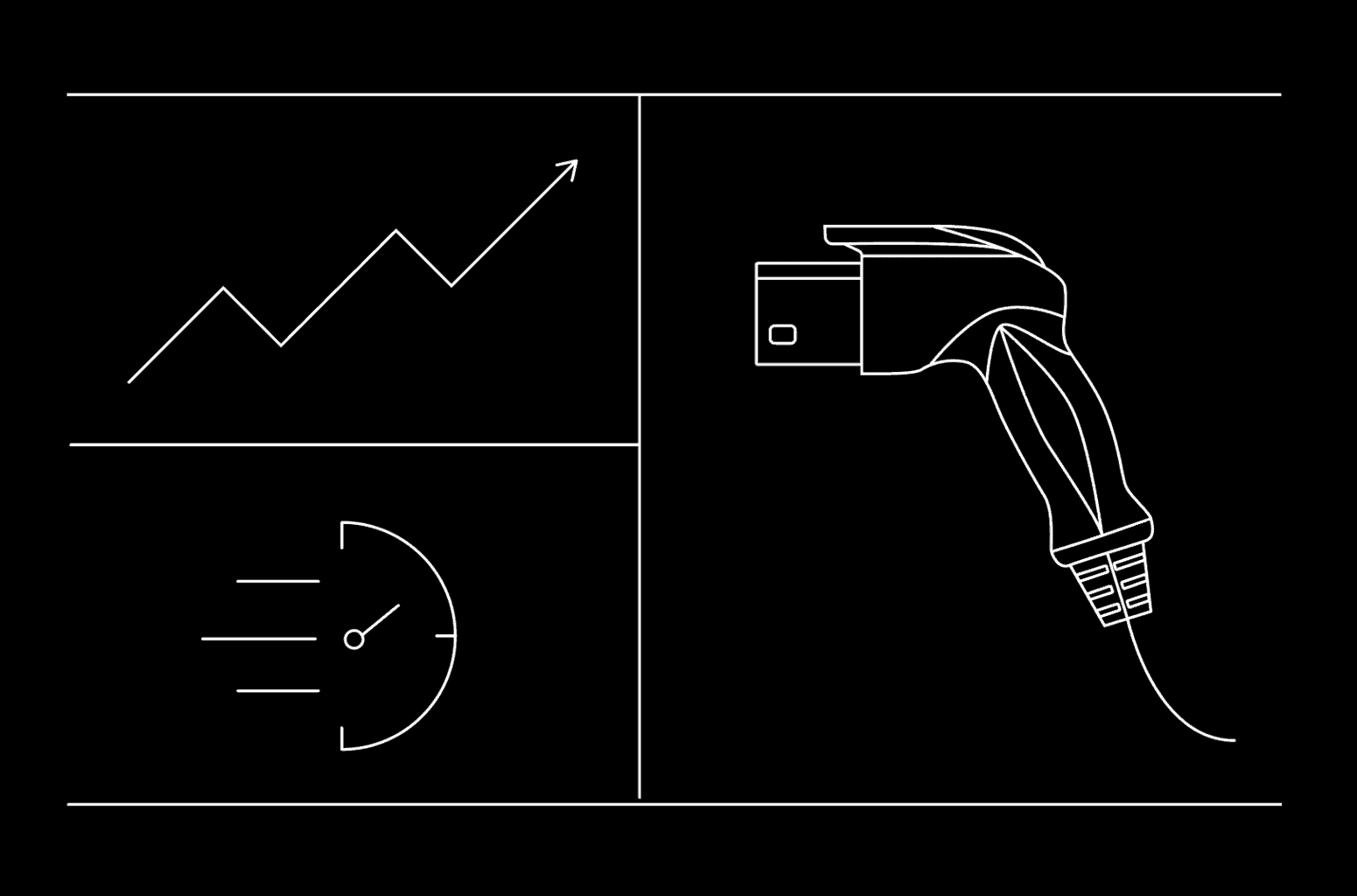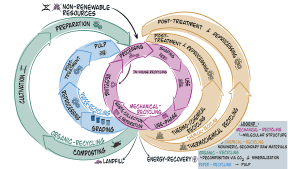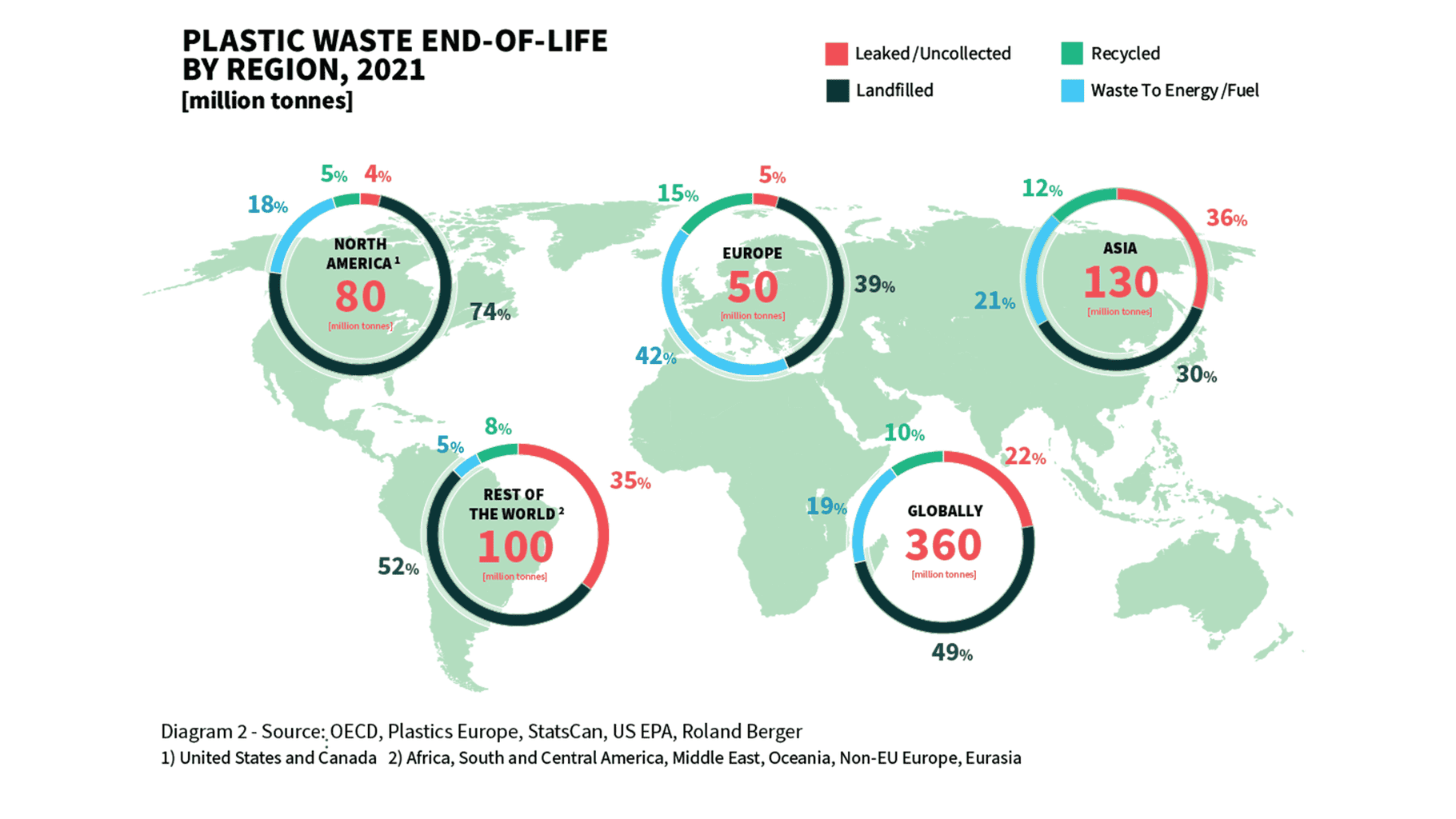Advancements in LPWAN internet of things technology are revolutionizing environmental monitoring and resource management, aligning with the global imperative to optimize resource usage and mitigate environmental impact. LPWAN networks, leveraging frequencies like 868MHz in Europe and 912MHz in North America, enable efficient monitoring across vast remote areas, offering extended battery life and low-power connectivity to satellites. This technology facilitates diverse applications, from irrigation system water monitoring in deserts powered by solar panels to AI-driven crop yield optimization without increased fertilizer use. In forest environments, LPWAN sensors equipped with AI capabilities detect wildfire hotspots, enabling timely intervention to minimize devastation. Moreover, LPWAN’s integration into supply chain management enhances logistics efficiency, exemplified by France’s state-owned railway implementing asset tracking solutions. These innovations, bolstered by cloud services and machine learning, underscore the pivotal role of LPWAN in fostering sustainability and smart city development. As Earth Day underscores the urgency of environmental stewardship, LPWAN emerges as a cornerstone technology for realizing resource optimization and environmental resilience.

To reduce the environmental impact of human activity, it is essential to develop technology that can track how we use significantly limited resources. The 22nd of April is designated as Earth Day to emphasize the importance of utilizing our resources and the role that technology can play in this.
The ability to monitor all types of equipment in remote areas is made possible by the most recent technological advancements in low power wide area networks ( LPWAN ). With the help of current networks and cloud services, this technology then offers low-power links directly to satellites. This is a potent combination for monitoring infrastructure as well as for providing data that makes it more effective at utilizing resources and reducing waste.
The unregulated 868MHz frequency band in Europe or 912MHz in North America now uses LPWAN, which offers the most power-efficient technology for economic monitoring.
The physics of these sub-GHz bands allow for a much longer range than the bands used for Wi-Fi and Bluetooth at 2.4GHz, but at the expense of lower data rates.
But, compared to the advantages of the longer battery life that result from the lower power consumption or, in some cases, the ability to completely remove the battery, this lower data rate is less of a problem for monitoring.
Solar panels are now being used by irrigation system water monitoring solutions to supply power to sensor nodes located across hundreds of square kilometers of desert. This eliminates the requirement for someone to physically change the batteries outside.
Additionally, increasing crop yields without needing to use more fertilizers is made possible by using data sent to cloud and artificial intelligence ( AI ) systems for automated management and optimisation.
AI is being used by various LPWAN sensors in forests to monitor for wildfires. Every year, thousands of hectares of forest are destroyed by wildfires, which are becoming more common. Tree sensors can measure the temperature and levels of carbon dioxide and oxygen in the air, providing first warning of potential hotspots for wildfires. First responders now have more time to plan a defense or preventative measures.
These sensors must nonetheless connect to a gateway, which for sub-GHz networks serves as the conduit for the cable or cellular network. Sensors on the ground can then connect directly to satellites in low Earth orbit thanks to the most recent improvements to LPWAN protocols.
Expanding LPWAN Connectivity: Enhancing Smart City Solutions and Environmental Monitoring with internet of things
Five satellite operators and network partners are currently working with the LoRa Alliance to connect LPWAN sensors without the need for ground gateways.
The effectiveness of bright cities can be improved by the new capabilities that make a signal more powerful to reach satellites. The new protocol expands the range of bright meters and makes it possible for less expensive, lower-power monitors to improve how much electricity and water are used, thereby reducing leaks and minimizing waste. Without having to worry about or spend money on battery replacement, sensors can be installed in a lot more places.
According to the Environmental Protection Agency in the US, household leaks waste nearly 900 billion gallons of water annually. By incorporating LPWAN into water management systems and bright meters, problems can be fixed, reducing water waste.
The use of LPWAN networks in supply chain and smart city applications is also increasing as a result of another improvements.
Because it is an unregulated band that is accessible anywhere in the world, the 2.4GHz band is well-liked in bright cities. But, there are many different networks in that band, which can cause interference. For various applications, Wi-Fi, Bluetooth, Matter, Zigbee, Thread, and specialized systems are all available.
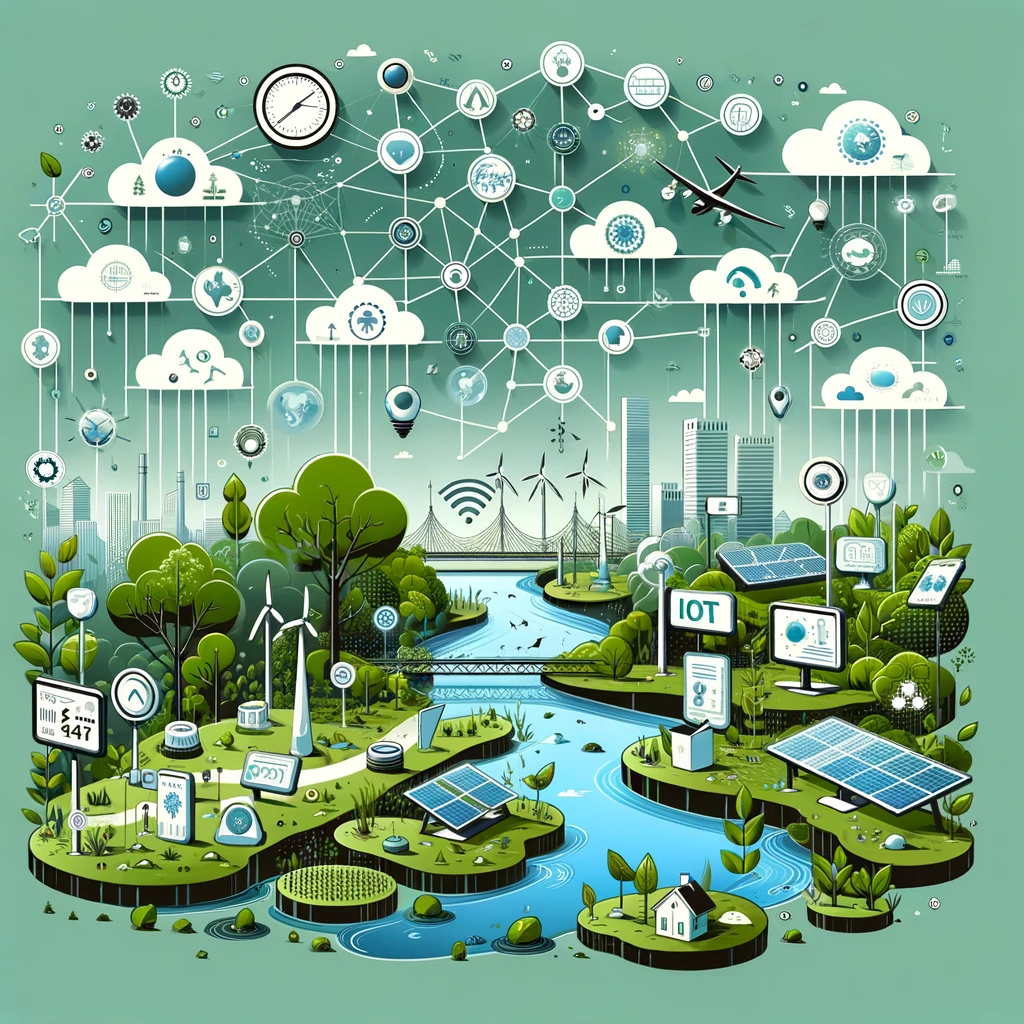
Optimizing Resource Management with Global LPWAN Solutions and AI Integration
Sensors using the 2.4GHz band can be used anywhere in the world and can connect to any number of gateways thanks to an LPWAN system that is more solid in that band. Additionally, this drastically lowers power consumption. Crowding bands result in more retransmission and higher power consumption because some protocols use a collision detection and trial architecture. Utilizing the more durable LoRaWAN standard reduces power consumption and lengthens battery life.
Throughout the supply chain, this can be especially beneficial. The second step is to find out where containers are during the shipping process, or where vehicles or equipment are located. Machine learning can therefore find additional ways to optimize the supply chain to increase its efficiency after this data has been ingested into databases. The world’s increased efficiency has the potential to significantly reduce the use of resources.
For instance, the regional state-owned railway company in France, Ercogener, has created an end-to-end asset tracking solution using Semtech’s LoRa devices and the LoReaWAN LPWAN standard to track shipments across its rail network.
For the future of our planet, optimizing resources is essential. The way we use and conserve extremely limited resources is constantly being improved by the combination of global LPWAN devices and cloud services, including AI and machine learning on the data.

